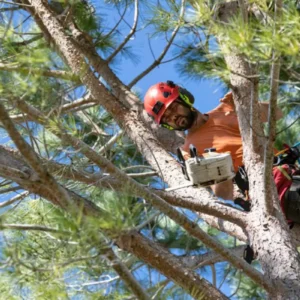Before you start training your dog, you’ll need to prepare him for the task. It takes time and patience. All dogs are nice, but not all are well taught; poor behavior occasionally requires expert assistance during dog training in Miami, FL. These dogs yelp when the doorbell rings, snarl and attack their owners when they are possessive of their food or food bowl, and are hostile when their owners try to feed them. But once you get into the routine of teaching your dog new behavior, the results will be worth it! Here are some simple ways to prepare your dog for training:
Food Lure
When training a new skill, you can start by gently guiding your pup into position by using a food lure. To get your pup into position, lure a food treat from the center of the rib cage toward the rear. Once your pup rolls over, reward it with a treat and move the lure in a circular motion. Once your pup has successfully completed this behavior, you can gradually add duration and increase the dog’s attraction to the food lure.
If your dog doesn’t follow the food lure, try moving slower or holding your hand further away from the pup’s body. Likewise, try using a higher-value food lure. You may need to adjust your positioning to get your pup to roll on its side. Don’t be afraid to get creative. Keep practicing until you achieve the desired result. This process will only get easier with practice.
Generalization
When training a dog, generalization refers to teaching your dog how to behave in all situations. Usually, this involves different levels of distraction and conditions. It would help if you tried to generalize the new behavior in different situations to become habitual. The key to generalization is to start small and progress to higher levels of distraction as the training continues. This way, you’ll ensure that your dog learns to behave consistently and quickly in different settings.
When training a dog to perform a certain behavior, you must gradually raise the criteria for the behavior. It is vital to start small and generalize the new behavior as early as possible. You can begin by training your dog to sit in one location and move on to different surfaces, levels of distraction, and different positions relative to you. Be patient and consistent throughout the training process. It would help if you tried to make the training fun for you and the dog.
Settle on Command
Set a mat in a comfortable spot for your pup to teach your dog to settle on command. When you say ‘go to your bed,’ toss a treat onto the mat and praise the dog when all four paws are on the mat. Repeat the exercise until your dog follows the cue 100% of the time. Once your pup has learned to settle on command, you can move to the next step.
The first step in teaching your dog to settle on command is to keep the leash short. Start by picking one side, then have your pup sit next to you. Praise and treats are effective motivators for some dogs, but others may respond better to food or praise. As with any other training method, patience is the key to success. Take it slow and use a reward system that suits your dog’s personality and your timeframe.
Rewards-Based Training
The benefits of rewards-based training for dogs outweigh the negative aspects of the training process. It is also fun for the dog, as it learns to associate treats with successful behaviors. However, it should be noted that rewards for some behaviors may not be effective for all dogs. For example, a dog may only respond positively to treats if rewarded for the behavior and may eventually stop responding to the commands if it doesn’t get its rewards.
The main advantage of reward-based training is that it is fun for the dog, creating a healthy desire for training. The dog will actively seek training opportunities, creating a drive to do so. And the best part is that it will not be forced! This approach is the best choice if you want to train your dog to be less reactive to scary situations. In addition, rewards-based training also makes it easier to desensitize your dog from various scary situations.





